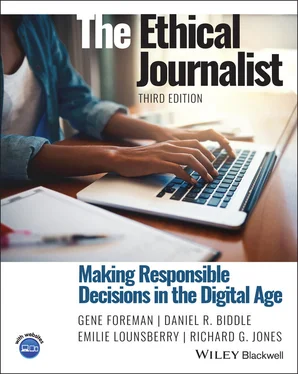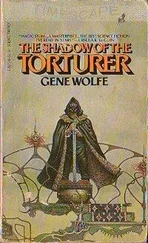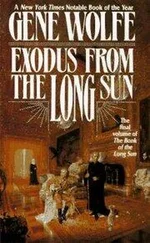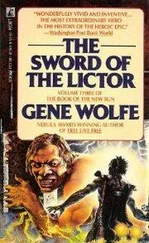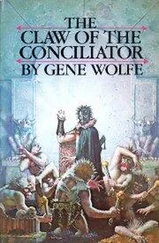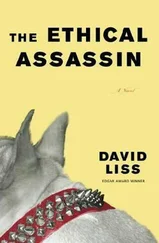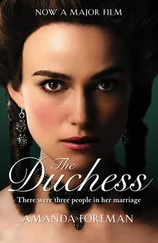Gene Foreman - The Ethical Journalist
Здесь есть возможность читать онлайн «Gene Foreman - The Ethical Journalist» — ознакомительный отрывок электронной книги совершенно бесплатно, а после прочтения отрывка купить полную версию. В некоторых случаях можно слушать аудио, скачать через торрент в формате fb2 и присутствует краткое содержание. Жанр: unrecognised, на английском языке. Описание произведения, (предисловие) а так же отзывы посетителей доступны на портале библиотеки ЛибКат.
- Название:The Ethical Journalist
- Автор:
- Жанр:
- Год:неизвестен
- ISBN:нет данных
- Рейтинг книги:5 / 5. Голосов: 1
-
Избранное:Добавить в избранное
- Отзывы:
-
Ваша оценка:
- 100
- 1
- 2
- 3
- 4
- 5
The Ethical Journalist: краткое содержание, описание и аннотация
Предлагаем к чтению аннотацию, описание, краткое содержание или предисловие (зависит от того, что написал сам автор книги «The Ethical Journalist»). Если вы не нашли необходимую информацию о книге — напишите в комментариях, мы постараемся отыскать её.
Praise for the Third Edition of The Ethical Journalist
ANN MARIE LIPINSKI,
Praise for the Earlier Editions
GENE ROBERTS,
ALICIA C. SHEPARD, The Ethical Journalist
The Ethical Journalist
The Ethical Journalist — читать онлайн ознакомительный отрывок
Ниже представлен текст книги, разбитый по страницам. Система сохранения места последней прочитанной страницы, позволяет с удобством читать онлайн бесплатно книгу «The Ethical Journalist», без необходимости каждый раз заново искать на чём Вы остановились. Поставьте закладку, и сможете в любой момент перейти на страницу, на которой закончили чтение.
Интервал:
Закладка:
The exciting new page design of this edition is the work of Bill Marsh, who also produced the book’s graphics. Bill did this superb work during crises in world health and US politics, which made his day job at The New York Times particularly demanding. One Times graphic of this period that he helped design, depicting the US death toll of the COVID-19 pandemic, occupied nearly 40 percent of a print edition’s front page.
We are indebted to Dean Marie Hardin of the Bellisario College at Penn State. Along with other support they gave our project, Dean Hardin and Assistant Dean Robert Martin put us in touch with Varshini Chellapilla, who worked as our researcher in the weeks after receiving her degree in journalism from Penn State in May 2020.
We are grateful to Elizabeth H. Hughes, Gabriel Escobar, Danese Kenon and Evan Benn of The Philadelphia Inquirer for the use of its photo archive.
We thank Philip B. Corbett, associate managing editor for standards of The New York Times , for writing the book’s insightful Foreword.
We thank the journalists who generously allowed their work to be used in the book as Point of View essays or as illustrations. Their contributions are acknowledged where they appear in the book.
We thank our colleagues at Wiley-Blackwell who worked to shepherd our book into print. Todd Green is the editor whose idea it was to publish a Third Edition. Others at Wiley-Blackwell who joined the project include Andrew Minton, Nicole Allen, Jon Boylan, Sophie Bradwell, Christy Michael, and Robert Saigh.
Below, the coauthors extend individual thanks to people who sat for interviews or who gave support in other ways:
Gene Foreman – Bob Steele, the longtime ethicist at the Poynter Institute, retired but still a leading authority on the rights and wrongs of journalism. Colleagues at Penn State: Katie O’Toole, Russ Eshleman, John Affleck, Tony Barbieri, John Beale, John Dillon, Patrick Plaisance, Shaheen Pasha, Bu Zhong, and Curt Chandler. Other interviewees: Jane Eisner of the Columbia University Graduate School of Journalism; Thomas Kent, professor and consultant; Steve Bien-Aime of Northern Kentucky University; and Megan O’Matz of the South Florida Sun Sentinel . And special thanks to Gene’s children and grandchildren for their continued support of his research and writing.
Daniel R. Biddle – Clea Benson of Politico; Rick Berke of the STAT health and medicine news site; John Daniszewski of The Associated Press; Mary Jordan, Eugene Robinson, Paul Farhi, and Kevin Sullivan of The Washington Post ; Al Letson of Reveal ; Ann Marie Lipinski of the Nieman Foundation at Harvard University; Kelly McBride of the Poynter Institute and NPR; Monica Rhor of the Houston Chronicle ; Peter Nicholas of The Atlantic ; George Rodrigue of Advance Local Media; Hasit Shah of Quartz ; Sandra Clark of WHYY in Philadelphia; David Shribman, formerly of the Pittsburgh Post-Gazette ; Cindy Skrzycki of the University of Pittsburgh; Joseph Tedesco of SUNY Maritime College and his daughter, Julia Tedesco of the Fordham International Law Journal ; Julia Terruso and Barry Zukerman of The Philadelphia Inquirer ; the biographer Larry Tye; Dean Baquet of The New York Times ; the psychologist Augie Hermann; Professor J. Nathan Matias of Cornell University; Deb Howlett and Deborah Gump, former directors of the University of Delaware’s journalism program; co-director Elaine Simon and program coordinator Victoria Karkov of the University of Pennsylvania’s urban studies program; and the Philadelphia lawyers Amy Ginensky and Vincent V. Carissimi. Thanks as well to former Inquirer colleagues Murray Dubin and Stephen Seplow, and to Dan’s students in his Spring 2020 journalism classes at the University of Delaware and the University of Pennsylvania, who gave feedback on this textbook’s Second Edition and suggestions for the Third Edition. And special thanks to two career journalists for their wise counsel: his daughter, Ellery Roberts Biddle, and his wife, Sara Rimer.
Emilie Lounsberry – Penny Muse Abernathy of the University of North Carolina and these former Philadelphia Inquirer colleagues: Katherine Hatton, Jennifer Lin, Fran Dauth, Hank Klibanoff, Rick Edmonds, and Neill Borowski. Thanks also to Emilie’s journalism students at The College of New Jersey, who provided feedback on the textbook’s Second Edition and proposed updates for the Third Edition. Finally, she acknowledges her mom, Anna Lounsberry, who inspired her in so many ways over her lifetime and who died of COVID-19 during the writing of this book.
Richard G. Jones – Sandy Banks of the Los Angeles Times , the photojournalist Bita Honarvar, Jackie Jones of Morgan State University, Doug Mitchell and Keith Woods of NPR, Akili Ramsess of the National Press Photographers Association, and Al Tompkins of the Poynter Institute. Special thanks to his sons, Jude and Luke; his father-in-law, Dr. Carlisle L. St. Martin; and four extraordinary women: his mother, Shirley Mackins; his mother-in-law, Dr. Linda Barney-St. Martin; and his wife and teaching partner, Victoria St. Martin, and their daughter, Elizabeth, who celebrated her first birthday during the writing of this book.
Part I A Foundation for Making Ethical Decisions
This part of the book will prepare you to make ethical decisions in journalism.
Chapter 1explains why journalists should understand ethics and apply ethical principles in their decision‐making.
Chapter 2explores the history of ethics and the way that members of society develop their ethical values.
Chapters 3, 4, and 5discuss journalism’s role in society, the shared values of the profession, and the often tenuous relationship of journalism and the public.
Chapter 6discusses the unique challenges that Donald J. Trump presented to journalists as a candidate and president, and how the experience changed some journalism practices.
Chapters 7, 8, and 9lay the foundation for moral decision-making in journalism, which is the goal of a course in applied ethics. Chapter 7discusses classic ethics theories, Chapter 8codes of ethics, and Chapter 9the decision process.
Words that are defined in the book’s Glossary appear in boldface where they are first mentioned in the text .
1 Why Ethics Matters in Journalism Our society needs news professionals who do the right thing.
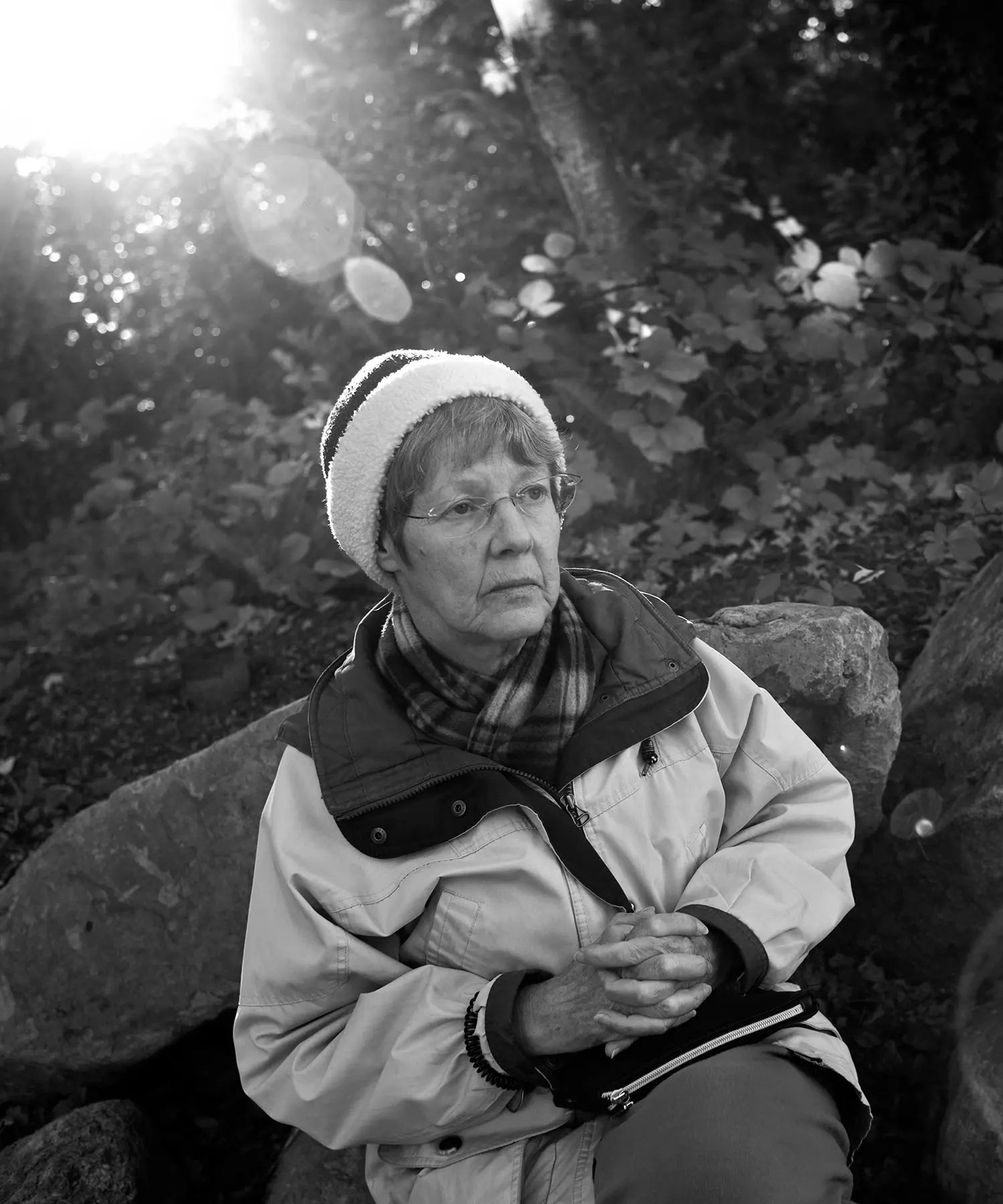
Lovelle Svart faces the camera during one of her “Living to the End” video diaries on The Oregonian ’s website.
Photo courtesy of The Oregonian .
Learning Goals
This chapter will help you understand:
why ethics is vitally important in a journalist’s everyday work;
why responsible journalists adhere voluntarily to high standards of conduct;
how journalists should make ethically sound decisions;
how discussing the case studies in class is crucial to learning the decision-making process; and
how the digital era, in revolutionizing the way the news is gathered and delivered, has made a common language of ethical standards more essential than ever.
LOVELLE SVART, a 62-year-old woman with short, sandy hair, faced the video camera and calmly talked about dying. “This is my medication,” she said, holding an orange bottle of clear liquid. “Everyone has told me … I look better than I did ten years ago, but inside, I hurt like nobody’s business.” On that afternoon of September 28, 2007, after she had danced the polka one last time and said her goodbyes to family and close friends, the contents of the orange bottle quietly killed her. 1
Читать дальшеИнтервал:
Закладка:
Похожие книги на «The Ethical Journalist»
Представляем Вашему вниманию похожие книги на «The Ethical Journalist» списком для выбора. Мы отобрали схожую по названию и смыслу литературу в надежде предоставить читателям больше вариантов отыскать новые, интересные, ещё непрочитанные произведения.
Обсуждение, отзывы о книге «The Ethical Journalist» и просто собственные мнения читателей. Оставьте ваши комментарии, напишите, что Вы думаете о произведении, его смысле или главных героях. Укажите что конкретно понравилось, а что нет, и почему Вы так считаете.
